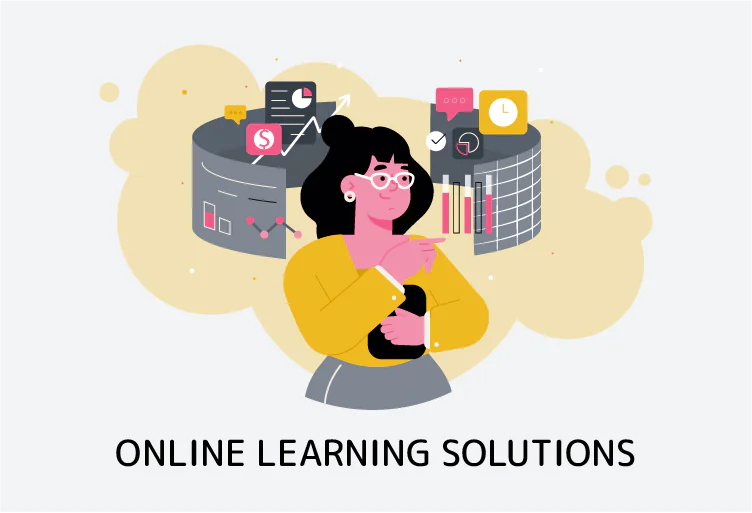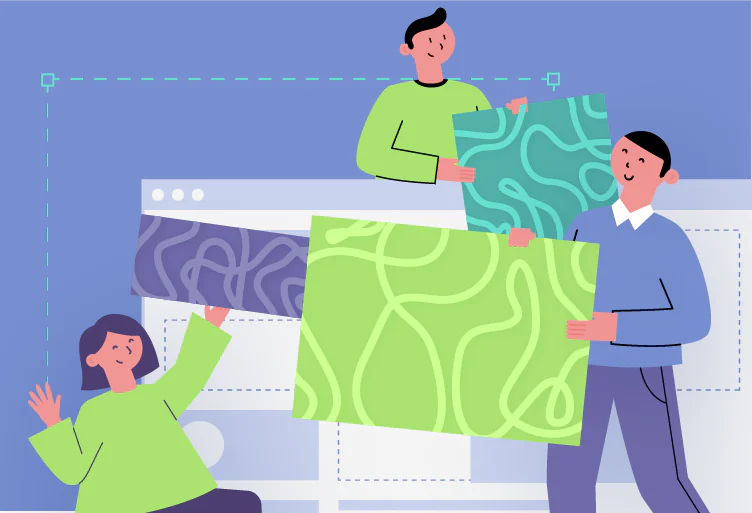Finland made a true revolution in the public education industry some time ago and they got great results — for many years in a row Finland ranks amongst top levels in literacy and numeracy in pupils, according to PISA (though the positions slightly declined over the years). However, there always is some room for improvement, and Finland introduces a new approach to education, using phenomenon based learning, which will involve intense use of modern technology to prepare children for lifelong learning and holistic thinking in the digital age.
Phenomenon based teaching and learning use the natural curiosity of children to learn in a holistic and authentic context.
Unlike traditional education with school subjects, PBL uses projects (or phenomena) that cross the boundaries of subjects and explore the topic from a variety of viewpoints.This helps students to also gain the 21st century skills like creativity, holistic and critical thinking, innovation, teamwork and collaboration.
“Hello, everyone! Today we are going to explore the ways modern society makes preparations for natural disasters, like volcanic eruptions, earthquakes, floods and other cataclysms. We will begin with revising what you recall of the emergency training, find out what cataclysms might happen in Finland and how to stay safe during each of them. Next we will learn what services are in place to help overcome the cataclysm results and we’ll finish by building a model of Pompeii using a 3D-printer and viewing a video reconstruction of the Etna eruption that destroyed this ancient Roman city.” This is what a usual lesson looks like in a PBL-based school in Finland.
As Kirsti Lonka, a professor of educational psychology at Helsinki University, says: “The goal of PBL is helping our children flourish in the world of 21st century, by teaching them the skills like filtering fake news, avoiding cyber-bullying, installing the antivirus software, etc. Learning to think, learning to understand are important skills, and they also make learning fun, which is great!”
The goal of PBL is helping our children flourish in the world of 21st century
While pens and paper books are still an important part of the classroom equipment, Finnish schools have much more to offer to their pupils. Mobile phones are allowed and are used for collaboration, rather that for communication only. Discussions on the topic are both verbal and written, and pupils participate from their tablets or netbooks. Topics are illustrated with presentations and shown on big TV screens. In addition to memorizing the concepts, the pupils discuss their opinions on the topic, their attitude and approaches, the solutions they would propose.
Modern day technology is what enables such education, as 3D-printers allow creating auxiliary materials for the lessons on site, tablets allow the pupils to better collaborate on the lesson, wall screens make sure the teacher is able to demonstrate the material and go back and forth with ease. However, hardware alone is not enough to accomplish the goals set by the reform, as statistics of the pupils’ performance should be gathered and analyzed to evaluate the efficiency.
Using eLearning technology in schools
Software is equally important for providing an efficient K12 education. For example, NEO LMS from Cypher Learning won the Norwegian tender for K12 LMS and will be used in schools across Norway. Apple supported President Obama’s ConnectEd initiative by donating $100,000,000 in hardware to schools in the US and developing a convenient Classroom 2.0 app for delivering blended learning in schools. One of our projects, Science Surgery for Craig Sivyer received a warm welcome in the UK and runs as a pilot project in several schools there. Many other K12 and eLearning solutions are available for schools, colleges and universities worldwide that want to incorporate innovative technology into their curriculums.
All of this software is of no use, however, if there is no political will to implement eLearning in education. While most of educators agree the education should evolve to remain relevant in 21st century, some say using the eLearning solutions in schools and universities is not the answer. For example, as Jari Salminen of Helsinki University’s faculty of education said: “We don’t yet have proven facts of significant improvement of the learning outcomes due to using PBL as of today.”
The Finland’s national agency for education, however, states PBL can be the answer to the challenges of the 21st century education, with around 70% of school teachers in Helsinki being involved in the process.
Their point can be expressed as follows: “We are not after metrics and ratings; we are after helping our children be more happy in schools and grow into more successful youth. Such young people will build successful Finland of tomorrow and will be well-suited for life in the digital age.” This is why according to Finland’s National Curriculum Framework published back in the August of 2016, till 2020 all Finnish schools will transition to PBL-based education.
Kirsti Lonka adds that: “If we do not evolve, our schools and universities might turn into outdoor museums, where knowledge is taught the way it was done 400 years ago — and nobody wants this!”
If we do not evolve, our schools and universities might turn into outdoor museums
What do you think on using modern technology in schools? Is eLearning and blended learning the way the public education should evolve — or are there any other possibilities? If you have personal experience with implementing technology-based education in schools or school districts – please share it!



